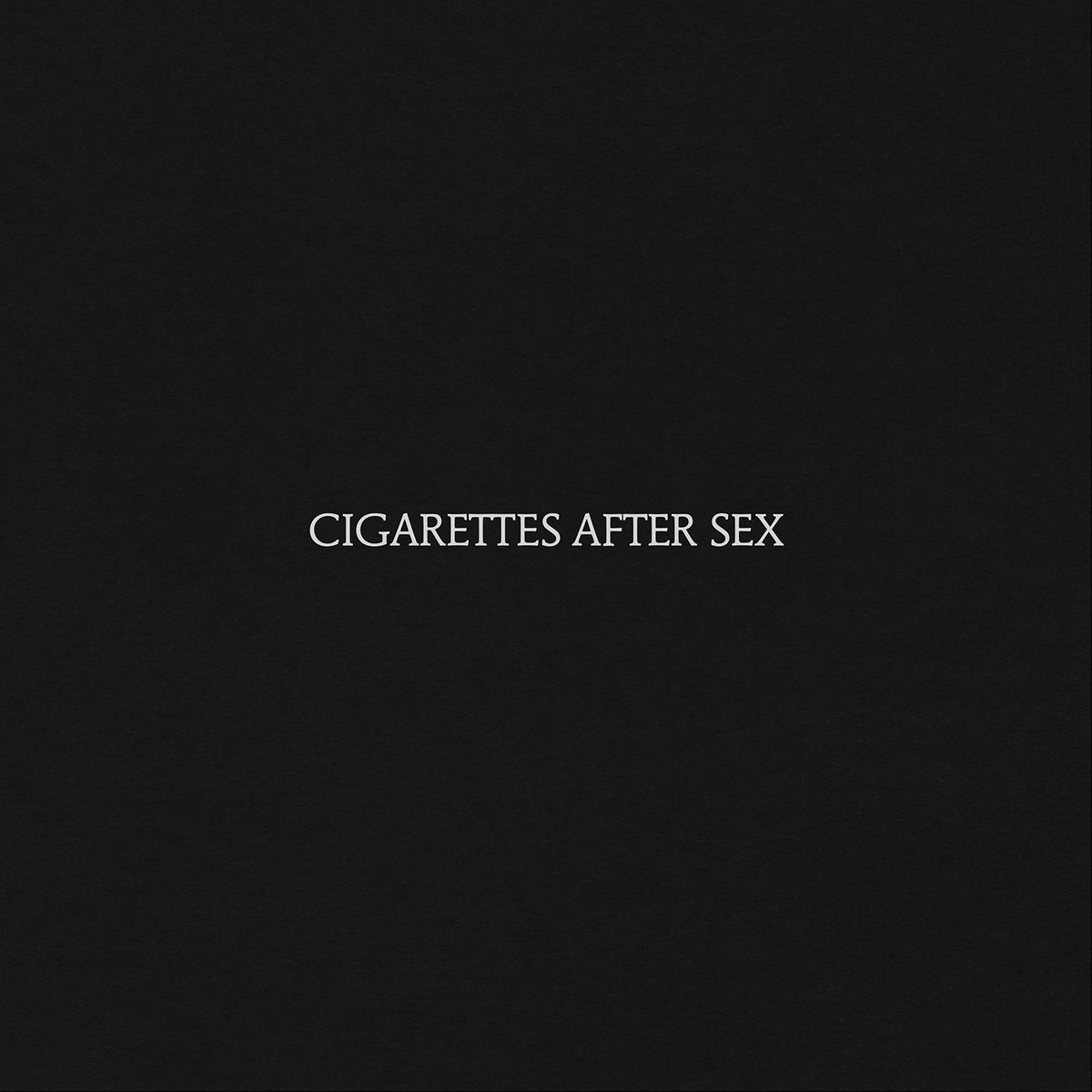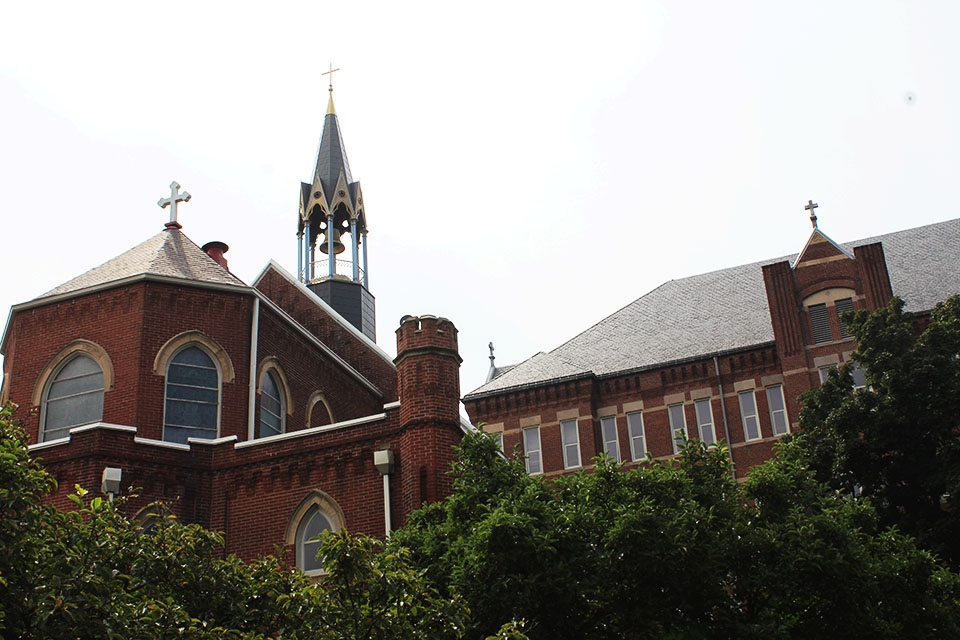Neil Runge | Staff Writer
02/21/19
Gothic and superhero aesthetics are usually on either side of a spectrum, but in the middle is Netflix’s newest show, The Umbrella Academy.
Based on the comic book series written by former My Chemical Romance lead singer Gerard Way and illustrated by Gabriel Bá, this show brings something new to the ensemble superhero genre. It brings interesting characters with even more interesting powers together in a setting that is something else entirely than what is normally seen in superhero shows.
The premise of the show is that seven super-powered children, all born at the exact time, are adopted by billionaire Reginald Hargreeves. The children were given numbers by Hargreeves, but given names by their robot caretaker, Mom. In order of their numbers, there’s Luther, Diego, Allison, Klaus, Five, Ben and Vanya. After Ben’s death, the six remaining children, now adults, reunite for the funeral, but to also solve the mystery of their father’s death and to deal with the imminent apocalypse. They don’t know how the end of the world will come about, all they know is that it happens in eight days.
The cast includes Ellen Page, Mary J. Blige, Aidan Gallagher and Robert Sheehan, who all bring astounding performances to the show.
It’s their powers that set these heroes apart from others — classic powers that are given a new twist by Way. Luther has a monkey-like body that gives him resistance to harm on top of superhuman strength. Diego has knife throwing skills so powerful that he can curve blades so they always strike exactly where he aims. Allison can control people with the phrase “I heard a rumor.” Klaus speaks to the dead and has telekinesis. Ben can make eldritch-like tentacles come from his chest. The outlier is Vanya, who’s seemingly ordinary.
The use of music also makes The Umbrella Academy special. Each song, from the Doors “Soul Kitchen” to “Sunshine, Lollipops and Rainbows” by Leslie Gore is used to enhance the scene they’re used in. It doesn’t feel like the crew just picked a song at random. The songs are integrated into each scene, whether they’re playing from a radio or in headphones. It helps the audience be immersed even further into the story.
It’s not just the songs though, it’s the set pieces and actors that build the world of the show beautifully. The diverse cast gives astounding performances that bring Way and Bá’s characters to life.
The sibling dynamic between Gallagher and Sheehan’s characters Five and Klaus is enjoyable and relatable. With the script written with how siblings act in mind and their acting skills, it isn’t hard to imagine viewers and their siblings speaking the same way. The dialogue doesn’t feel generic or fake.
Though based on the comic, there are a lot of differences between it and the show. Major differences in the show seem to be for the sake of diversity. In the books, all members of the academy are white; when it comes to the show a large portion of the cast are people of color.
There’s also the change in Klaus’ sexuality. Comic Klaus was straight, had a kid and wife, the whole nine yards. They were traded out to make Klaus gay, and it worked beautifully. His identity wasn’t mocked and when he spoke about it, it was casual, like he had been out and proud his whole life. It’s comforting to see a gay character be supported and do something more than just come out.
There are other little differences that, when totaled, make it obvious that the comic books are far weirder than the show. This doesn’t mean one is better than the other. Every change made for the show allows the plot and characters to shine. The changes make it easier to understand and make sure that people who’ve never heard of the comic enjoy the show.
The Umbrella Academy is something new while not deviating from what’s expected from the superhero genre.



